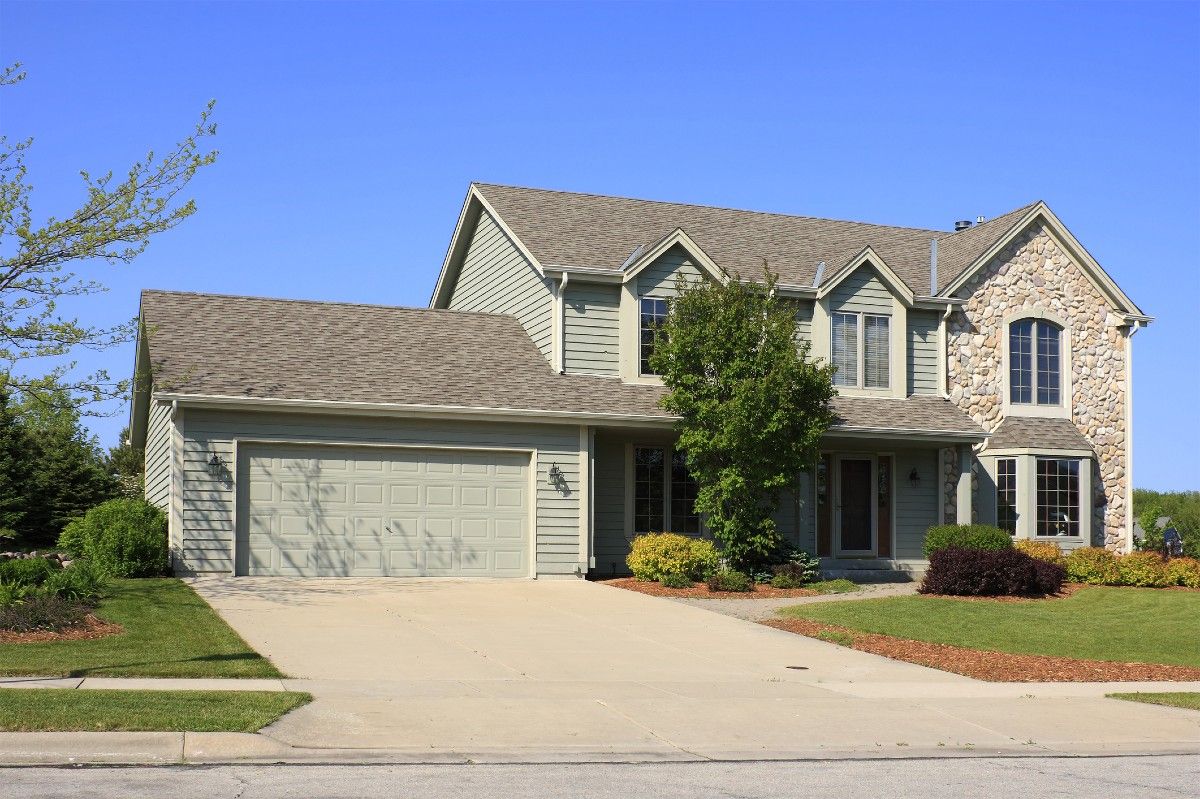Our team addresses some of the most frequently asked questions about sewage damage restoration.

Sewage Damage Restoration FAQ
Action Restoration
Action Restoration and Property Services is proud to be Northern Colorado’s damage restoration company of choice. As such, we receive a lot of questions about water and sewage damage from frantic homeowners suffering loss. In today’s post, our team will address some of the most frequently asked questions we get.
Do I Have to Wait for an Insurance Adjuster to Arrive Before Calling a Professional Sewage Damage Restoration Company?
In most cases, no. Most homeowners Insurance policies require you to do whatever you can to mitigate further damage. Since sewage spillage can quickly cause more problems than just the intial exposure, quick cleanup and dry-out are critical. Some water damage restoration companies, however, are not sanctioned by insurance companies if they lack the licensing and credentialing required. It’s a good idea to at least make contact with your insurance provider to ask if there are any stipulations before connecting with your local sewage damage company.
At Action Restoration and Property Services, we work with most major insurance providers and our staff can help you navigate the complex claims process. Our team is trained to conduct business to best help support insurance payments, including fully documenting all damage with forms and images, as well as conducting thorough assessments before, during, and after our interventions. If your first call is your insurance company, make sure Action is next!
What Do the Classes of Water Mean?
Water damage is categorized into three classes — clean water, grey water, and black water. All classes of water may be involved in a sewage situation. The cost and required certifications of cleanup depend on the classification of water damage.
Category 1, or clean water, is drinking water, and is not a health risk. Faucets, rain, sprinklers, and water heaters that cause leaks or flooding are deemed clean water damage and are the least costly to repair. Water that fills toilets is considered clean water until it is flushed into the sewer system.
Category 2, or grey water, is contaminated water found in dishwashers and washing machines. Contaminants include debris, soap, and other chemicals. This water is not safe to drink, but is not likely to contain pathogens.
Category 3, or black water, is deemed the most harmful of all water damage. Backed-up sewage, natural floodwaters, and storm surges are riddled with dangerous microbes that are a direct health hazard. As a result of the chemical remediation necessary to resolve black water damage, this category is the costliest to clean up.
Do I Need to Hire a Sewage Damage Restoration Company For Toilet Backup Damage?
At the risk of sounding vague, it depends. For the average toilet overflow, whether it contains excrement or not, routine cleanup is likely sufficient. You’ll need a plumber to address the underlying issues and may need some water damage restoration services depending on how much water was involved or how long it had to sit. However, sewage backup does require professional cleanup, dry-out, and restoration.
At Action Restoration and Property Services, we are the Front Range’s top-rated, certified sewage damage restoration company. Once you’ve made the calls that stops the backup, contact us for the cleanup. We’ll work with your homeowner's insurance company and other agencies to get your home cleaned up, restored, and ready to safely live in again. When Category 3 water invades your home or property, Action is just a call away!
